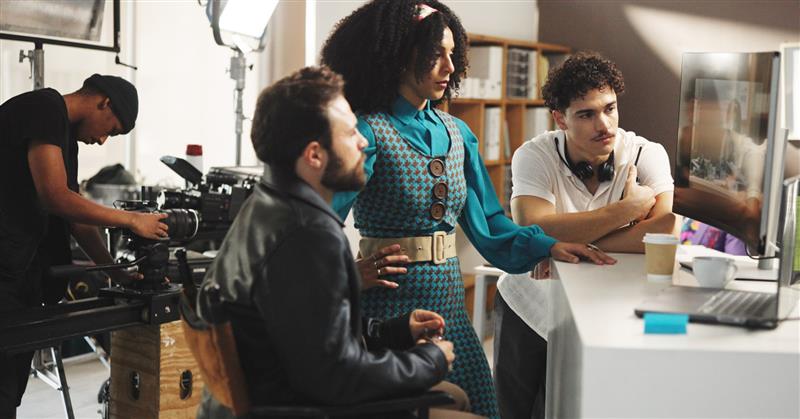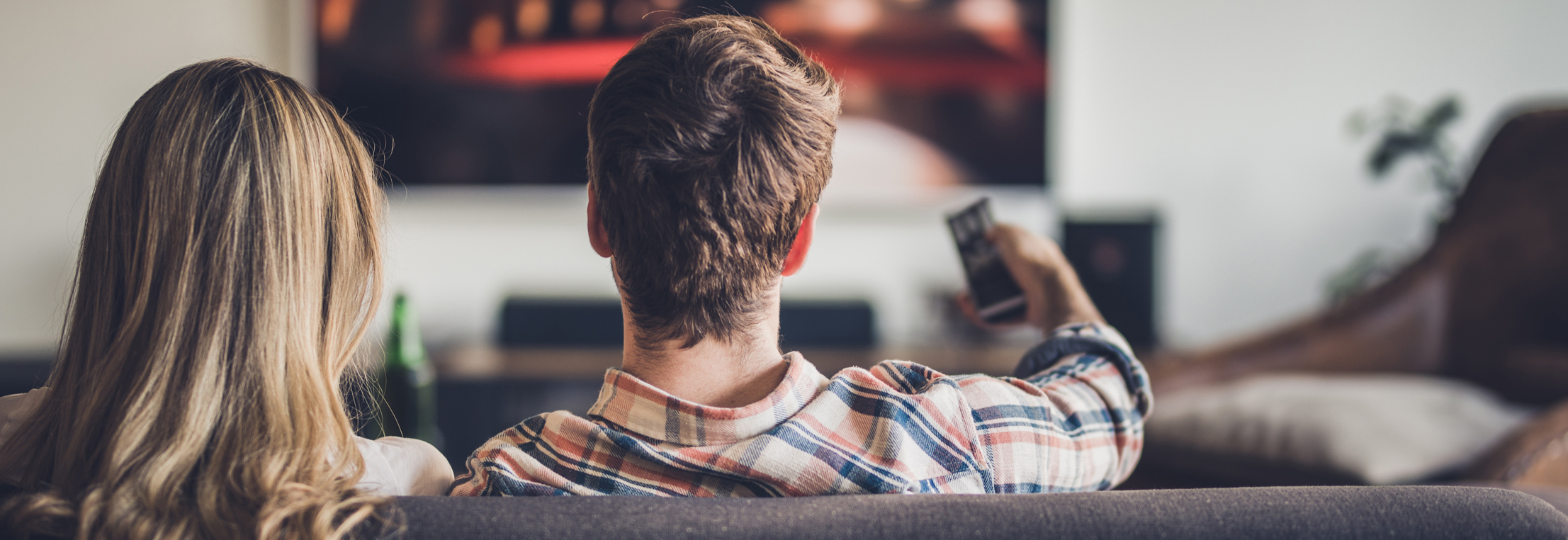Marketing to Baby Boomers
“OK, Boomer” started as a playfully dismissive way for millennials and Gen Zers to scoff at baby boomer habits deemed out of touch or antiquated, but after gaining traction on TikTok and other social media platforms in 2019, the phrase is now losing lexicon popularity among those demographics. That’s because boomers—people born between 1946 and 1965 when the US experienced a birth spike following the end of World War II—are being sought by younger generations for their knowledge, humor, and unique life outlooks. One needn’t look farther than Grandma Droniak, a 92-year-old woman who went viral on TikTok after sharing rules for her future funeral (“You better get drunk afterward. Take a shot for me.”), to witness this bridging of generational divides. When it comes to marketing, the Greatest Generation often gets overlooked as brands target their younger counterparts who command a combined spending power of roughly $165 billion—but it’s worth remembering that baby boomers still wield enormous economic influence as the demographic in control of $2.6 trillion dollars. Here’s more about how to reach this important group.
Power Paradox
The statistics speak for themselves: There are currently 72 million (give or take) baby boomers in the United States, according to Pew Research Center, and the Federal Reserve reports that they command a staggering 51 percent of the country’s total wealth. Boomers spend an average of $63,000 per year, on categories including pet care (38 percent), attire (28 percent) and health-related food items like vitamins and probiotics (49 percent). What’s more, 59 percent are willing to splurge on products that are sustainable or environmentally friendly. This group also loves to travel, taking an average of one to two annual trips at a whopping rate of $157 billion, and they’re redefining the travel sector with the types of experiences they seek. While millennials typically opt for relaxation, baby boomers prioritize “immersion” trips wherein visitors attempt to authentically experience a destination by sampling local cuisines, embracing traditional customs and pursuing meaningful human connections.
Yet despite their penchant for adventure and spending capacity, only five to 10% of marketing budgets currently target people over age 50, according to Harvard Business Journal. Part of the disconnect might be attributed to perception. “Nobody wants to see themselves older,” said Rob Lambrechts, chief creative officer at ad agency Pereira O’Dell. “For some reason, it’s much easier for us to think we can relate to people younger, because we all see ourselves as younger…everybody wants to identify with who they were 20 years ago as opposed to who they are now.” Brands may also feel there’s a greater payoff to investing in and growing with younger audiences, rather than attempting to shift the mindsets of older consumers who could be less impressionable. Yet research disproves that fallacy—contrary to stereotypes, boomers are open to change and can have hearts won by brands that expend the effort.
Pro-Age Revolution
It’s valuable to recognize that baby boomers are “focused on…breaking the mold of what 50 looks like,” according to research in the Journal of Behavioral Studies and Business. Companies that tap into this insight have the ability to reach a large swath of well-funded consumers, the way Airbnb did with their recent “Bonnie and Clyde” campaign. Set to Tupac’s hit 1996 song “Me and My Girlfriend,” the spot shows images of Valenti and Maria Luisa, a couple still blissfully in love after 57 years of marriage. In the coastal Spanish town of Begur, they’re seen playing table tennis, hitting the beach and drinking champagne. The ad taps into joie de vivre that can be felt at any age, especially when on a timeless holiday.
Cosmetics and skincare brand Ilia Beauty likewise battled the ageism bias in its last two campaigns, “Shades of Us” and “It’s Between Us,” both of which embrace inclusivity—from skin color to age. While the beauty industry may often favor youth while promoting anti-aging elixirs, this brand recognizes that older women wear makeup and have disposable incomes, which makes them a coveted demographic. Founder Sasha Plavsic knew from the start that she wanted to reach older generations. “When I started Ilia, I was in my early 30s,” she said. “Now I’m in my 40s. So my needs have adapted to my age as I’ve grown older. But there was this whole middle-aged group also that was not being targeted either, I realized in the process.” Today, the typical Ilia customer consists of a Gen Zer or millennial and her mother, a paradigm the brand embraces through its marketing efforts and social media use. Case in point: sisters @alliahsophia and @lsabahl paired with their mom, @florenceblakemourad, to promote one of the most popular face products, Super Serum Skin Tint, as part of Instagram’s #shadesofUS initiative.
Social Status
The Covid-19 pandemic brought about numerous changes, including a spike in baby boomers’ tech adoption, according to audience targeting group GWI. The use of smart phones rose from 2019 to 2021, leading to 95% of boomers now owning this type of device. An additional 52% said they prefer shopping online during the holiday season, as per a Deloitte report, while 41% use digital coupons when grocery shopping in-store, according to AARP.
Already online, and growing more social media savvy, some baby boomers are now becoming influencers—aka “granfluencers” or “Instagrannies”—who partner with brands to reach older and younger consumers alike. The #OldGays are four men in their sixties and seventies from California whose devoted 5.8 million TikTok fans vibe to their thoughts on pop culture trends and stories about growing up homosexual during less accepting times. Several over-50 fashion influencers—Carla Rockmore, Grece Ghanem, Lyn Slater and Nina Garcia—have gained millions of devotees (along with print space in The New York Times and Vogue, among other top publications) for their bold styles and even louder insistence at celebrating their ages while “rejecting the culture’s insistence that women become invisible 50 years before death.” In India, granfluencers are launching companies, talking about sex and generally breaking the Internet by redefining the boundaries of what’s possible past a certain age. “People are saying that they now have a role model where they didn’t before,” said Seema Anand, an author and sexual health educator. “Some have even thanked me for improving their relationships. I love that I’ve helped people find each other again.”
Around the world, people are generally enjoying longer and more independent lives thanks to advancements in medicine combined with deeper understanding of how to maintain healthy physical, mental and social behaviors. Baby boomers still control most of the economic and political power in the United States, making them a valuable demographic for marketers to target and inspire.
.jpg)
.jpg)



